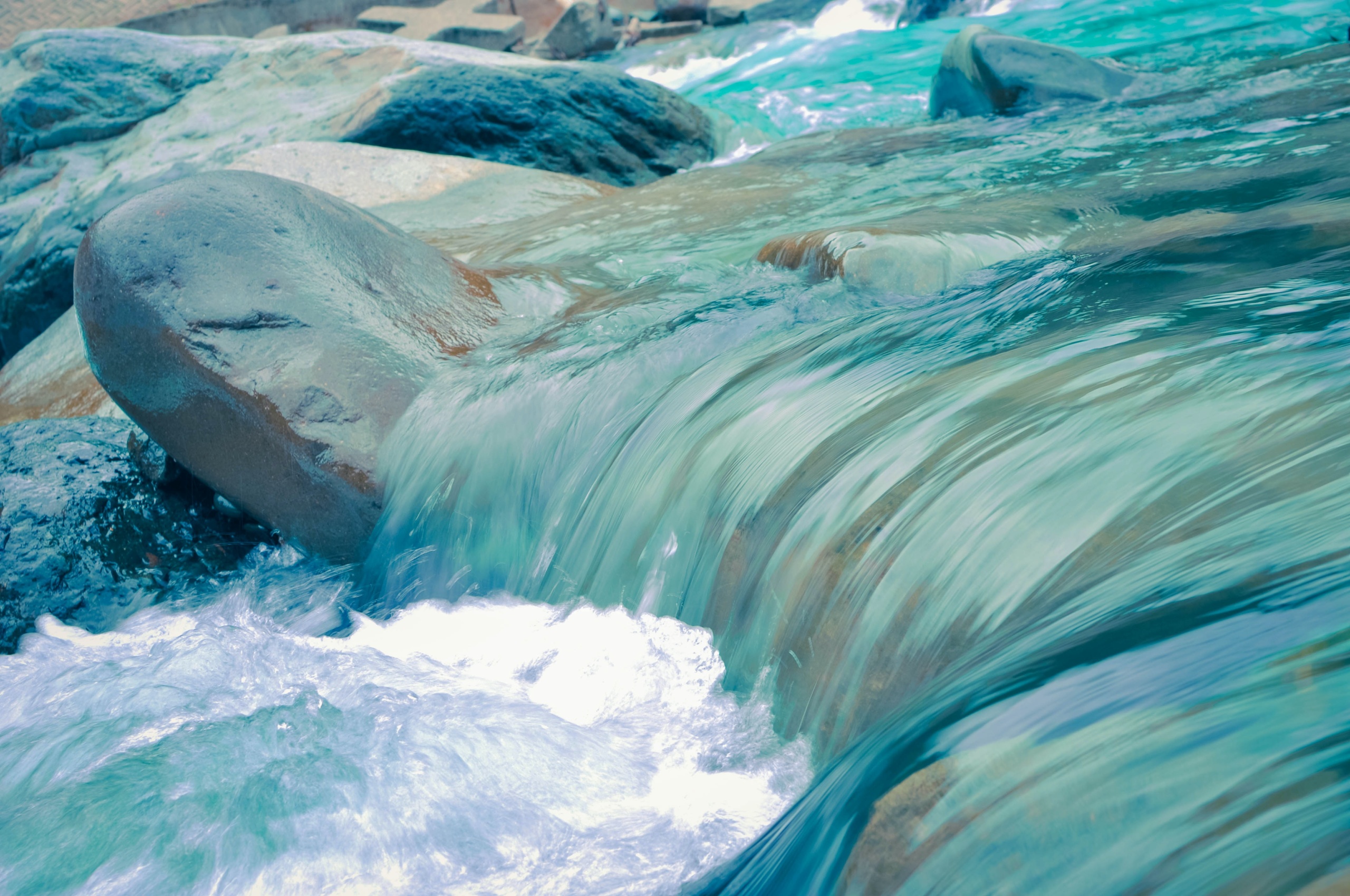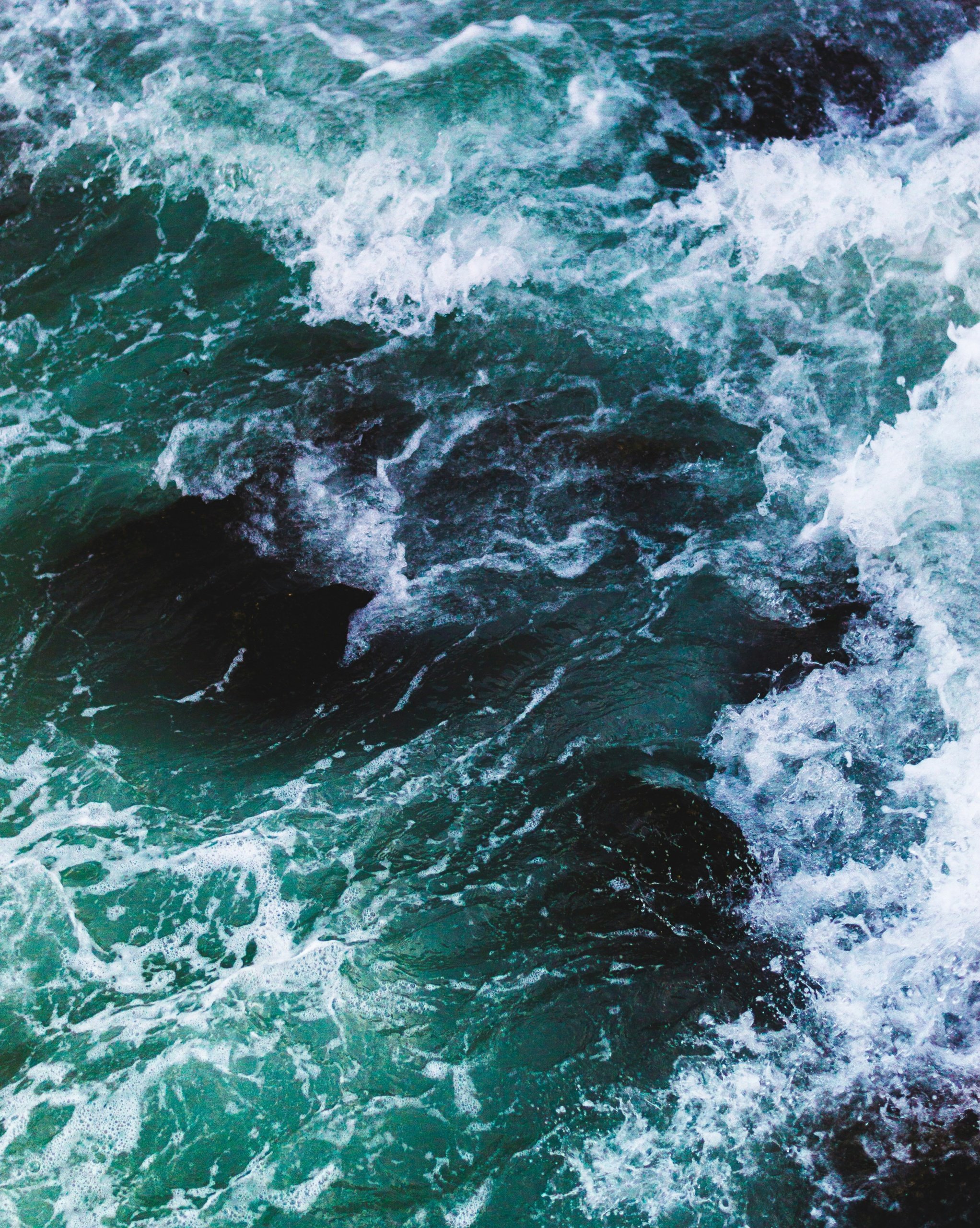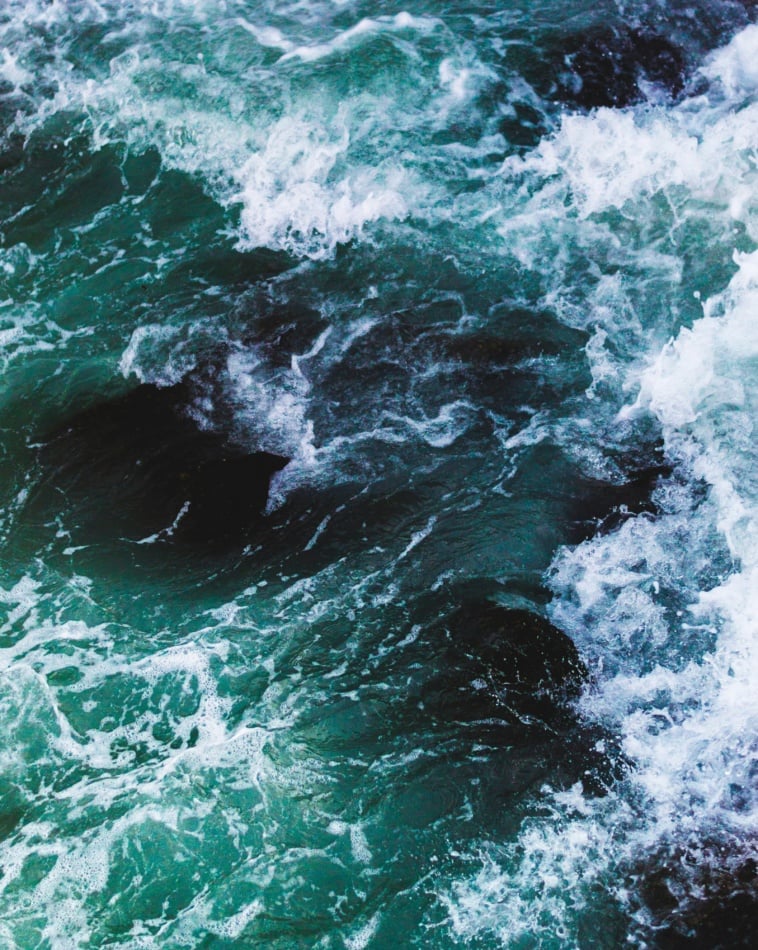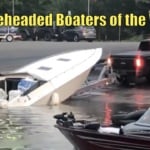If you’re thinking of hitting the water on a pontoon boat and wondering how fast you can go, we’ve got you covered. With the sun shining above and waves gently lapping against the sides of your boat, the last thing you want is to worry about breaking any rules. So, let’s clear things up and find out what the speed limit is for pontoon boats.
Definition of a Pontoon Boat
A pontoon boat is a type of watercraft that consists of a flat and stable platform supported by two or more pontoons (or flotation devices) underneath. It typically has a large deck space, providing ample room for seating, storage, and various amenities. These boats are often known for their versatility, comfort, and ability to navigate shallow waters with ease. Pontoon boats are a popular choice for leisurely outings, fishing trips, and family gatherings on the water.
Basic characteristics of a pontoon boat
Pontoon boats are typically characterized by their distinct features, including:
- Flotation devices: Pontoons, typically made of aluminum, are buoyancy devices placed under the deck to provide stability and support for the boat.
- Spacious deck: A wide and open deck area allows for plenty of seating and walking space, making pontoon boats ideal for socializing and entertaining.
- Outboard motor: Most pontoon boats are powered by an outboard motor, which is mounted on the stern and provides propulsion.
- Shallow draft: The design of pontoon boats enables them to operate in shallow waters, making them well-suited for exploring lakes, rivers, and other water bodies with low depths.
Common uses of pontoon boats
Pontoon boats are incredibly versatile and can be used for a variety of activities, including:
- Leisure cruises: Pontoon boats offer a comfortable and relaxing way to enjoy a leisurely cruise on the water. Whether it’s a sunset sail, a solo escape, or a family outing, pontoon boats provide a stable and spacious platform for enjoying the scenery and soaking up the sun.
- Fishing: Many anglers choose pontoon boats for fishing excursions due to their stability and ample deck space. They provide a secure platform for casting lines, storing fishing gear, and even cleaning the day’s catch.
- Watersports: Pontoon boats can also be utilized for tow sports such as tubing, water skiing, and wakeboarding. With their wide and stable deck, they can accommodate multiple riders while providing a comfortable and safe experience.
- Social gatherings: Pontoon boats are a popular choice for hosting parties, family gatherings, and other social events on the water. The ample seating, shade options, and onboard amenities make them well-suited for entertaining large groups.
Considerations for Determining Speed Limits
When it comes to determining speed limits for pontoon boats, there are several factors to consider. These include the type of water body, the size and weight of the boat, and various environmental factors.
Type of water body
The type of water body in which a pontoon boat operates plays a significant role in determining speed limits. For instance, on smaller lakes or calm rivers, slower speeds may be required to minimize the impact of boat wakes on other vessels, docks, or shorelines. In contrast, on larger bodies of water, such as oceans or large lakes, higher speeds may be allowed, given the larger areas and lesser impact on surroundings.
Boat size and weight
The size and weight of a pontoon boat also influence the speed limits. Larger and heavier boats generally require more time and distance to stop or maneuver, warranting lower speed limits for safety reasons. On the other hand, smaller and lighter pontoon boats may be more maneuverable and have higher speed limits, provided that the operator can maintain control and ensure the safety of those onboard.
Environmental factors
Environmental factors, such as weather conditions and the presence of other vessels or hazards, can impact speed limits for pontoon boats. Adverse weather conditions, such as high winds, waves, or reduced visibility, may necessitate lower speed limits to ensure the safety of passengers and prevent accidents. Additionally, areas with congested boat traffic or designated no-wake zones may enforce lower speed limits to reduce the risk of collisions and property damage.
General Speed Limit Guidelines
While specific speed limits for pontoon boats can vary depending on local regulations, there are generally accepted speed limit guidelines to ensure safe and responsible boating practices.
Speed limit range for pontoon boats
Pontoon boats typically have speed limits ranging from 5 to 35 miles per hour (mph). However, it’s essential to note that this range is just a general guideline, and specific speed limits may vary based on local regulations, water body restrictions, or other factors.
Factors affecting speed limits
Several factors can influence the establishment of speed limits for pontoon boats. These include:
- Water body regulations: Local and state authorities may set specific speed limits for certain water bodies, including lakes, rivers, or coastal areas, to ensure boating safety and protect the environment.
- Boat operation experience: Operator experience and knowledge of boating regulations can influence speed limits, as inexperienced operators may need lower speed limits to prevent accidents.
- Elements of risk: Factors such as crowded waterways, narrow channels, or areas with marine wildlife may require lower speed limits to mitigate potential risks and protect the environment.
Speed Limit Regulations by Authorities
Speed limit regulations for pontoon boats are typically established and enforced by various governing authorities at the local, state, and federal levels.
Regulations set by local governments
Local governments, such as municipalities or county authorities, often have the power to establish speed limits for specific water bodies within their jurisdiction. These regulations may differ from one area to another, considering local conditions, boat traffic, and safety concerns. It is essential to familiarize yourself with the regulations of the specific area where you plan to operate your pontoon boat.
Regulations set by state governments
State governments may also have their own regulations and laws governing speed limits for pontoon boats. These regulations are often established based on the characteristics of water bodies within the state, taking into account safety considerations, environmental factors, and the needs of the boating community. State regulations may also vary between inland waters and coastal areas.
Regulations set by federal agencies
Certain water bodies fall under the jurisdiction of federal agencies, such as the United States Coast Guard (USCG) or the National Park Service (NPS). These agencies establish speed limits and regulations for boating activities within their purview. This may include federal waters, national parks, or protected areas. Compliance with federal regulations is crucial to ensure safe and responsible boating practices.

Speed Limit Enforcement
Enforcement of speed limits for pontoon boats is vital to promote safety and deter reckless behavior on the water. Various methods of speed limit enforcement are utilized, and penalties may be imposed for exceeding the designated speed limits.
Methods of speed limit enforcement on water
Law enforcement agencies employ several methods to enforce speed limits on the water:
- Patrol boats: Law enforcement officers may utilize patrol boats to monitor and enforce speed limits. These boats are equipped with radar devices that can measure the speed of passing vessels.
- Aerial surveillance: In some areas, aerial surveillance, such as helicopters or drones, may be utilized to monitor boat speeds and identify potential violations.
- Waterway checkpoints: Authorities may establish checkpoints on the water, where boats are required to slow down and comply with speed limits. These checkpoints enable officers to conduct speed checks and educate boaters about safe navigation practices.
Penalties for exceeding speed limits
Penalties for exceeding speed limits on pontoon boats can vary depending on the jurisdiction and the severity of the violation. Some common penalties that may be imposed include:
- Monetary fines: Violators may be required to pay fines, the amount of which is typically determined by the specific violation and local regulations.
- Suspension or revocation of boating privileges: Repeated or severe violations of speed limits may result in the suspension or revocation of a boater’s license or privileges.
- Safety education courses: In some cases, violators may be required to complete a boating safety course or educational program as part of the penalty.
Safety Considerations
Adhering to speed limits on pontoon boats is crucial for ensuring the safety of everyone onboard, as well as other boaters and the surrounding environment. Failing to abide by speed limits can increase the risk of accidents, injuries, and property damage.
Importance of adhering to speed limits
Adhering to speed limits is of paramount importance in boating, as it helps to:
- Prevent accidents: Speeding increases the likelihood of collisions, especially in congested or narrow waterways where maneuverability is limited.
- Minimize wake impact: Boats traveling at high speeds produce larger wakes, which can cause damage to other vessels, docks, and shorelines. Adhering to speed limits helps mitigate these impacts.
- Enhance maneuverability: Operating at safe speeds allows boaters to have better control over their vessels, enabling them to respond to unexpected situations or hazards effectively.
Potential risks and accidents at high speeds
Operating a pontoon boat at excessive speeds can lead to various risks and accidents:
- Reduced reaction time: Higher speeds decrease the amount of time a boater has to react to obstacles, sudden changes in course, or other unexpected situations, increasing the risk of collisions.
- Increased stopping distance: Braking a boat at high speeds requires a more extended stopping distance, potentially causing collisions if there is not enough space to come to a halt.
- Loss of control: High speeds can make it challenging to maintain control of the boat, especially in adverse weather conditions or when encountering larger waves.

Variations in Speed Limits
Speed limits for pontoon boats can vary based on the specific water body, local regulations, and other factors. Understanding these variations is crucial to ensure compliance and safe boating practices.
Different speed limits on different water bodies
Different water bodies may have varying speed limits based on their size, navigational challenges, and environmental considerations. Smaller bodies of water, such as narrow rivers or small lakes, may impose lower speed limits to reduce the risk of collisions and minimize wake impact. In contrast, larger lakes or open waters may have higher speed limits, allowing for more freedom of movement.
Exceptions and special cases
Certain areas or situations may have exceptions or special speed limits that differ from the norm. For example, designated no-wake zones may require boats, including pontoon boats, to operate at very low speeds to protect sensitive habitats, wildlife, or private property. It is important to be aware of any exceptions or specific waterway rules that may affect the speed limits of pontoon boats in a given area.
Navigating Speed Limits
Navigating and adhering to speed limits for pontoon boats requires understanding and complying with the regulations in place, as well as considering various situational factors.
Monitoring and adhering to speed limits
Boaters should always be vigilant and aware of the designated speed limits for the water body they are navigating. Monitoring the boat’s speed using on-board speedometers or GPS devices can help ensure compliance with the established limits. Additionally, boaters should be prepared to adjust their speed in response to changing conditions, such as changes in weather, presence of other boats, or restricted zones.
Understanding and interpreting speed limit signs
Speed limit signs play a crucial role in informing boaters about the designated speed limits in a particular area. It is essential to understand the signage used on the water, including any specific symbols or color codes that indicate speed zones or restrictions. Boaters should familiarize themselves with these signs and interpret them correctly to adhere to the applicable speed limits.
Effects of weather conditions on speed limits
Weather conditions can significantly impact speed limits on pontoon boats. High winds, rough water, fog, or reduced visibility can all increase the risk of accidents and warrant lower speed limits to ensure safety. It is crucial to consider the weather conditions before setting out on the water and adjust the boat’s speed accordingly, even if it is within the designated limits.
Modifying Pontoon Boats for Speed
Some boaters may seek to modify their pontoon boats in an attempt to increase their speed. However, it is important to approach modifications with caution and prioritize safety.
Aftermarket modifications for increasing speed
Aftermarket modifications can potentially enhance the speed and performance of a pontoon boat. These may include:
- Engine upgrades: Upgrading to a more powerful outboard motor can provide increased speed and acceleration.
- Hull modifications: Alterations to the hull design, such as adding lifting strakes or hydrofoils, can improve hydrodynamics and increase speed.
- Weight reduction: Removing unnecessary equipment or amenities can reduce the boat’s weight, potentially resulting in a noticeable increase in speed.
Safety considerations when modifying
While modifications can enhance a pontoon boat’s speed, it is essential to consider safety implications before making any alterations:
- Structural integrity: Modifying the boat’s structure or components should be done in consultation with professionals to ensure the boat’s overall structural integrity is maintained.
- Stability and balance: Modifications that impact weight distribution or stability may increase the risk of instability or capsizing. Properly assessing and addressing these factors is critical.
- Manufacturer guidelines: Before making any modifications, it is important to consult the boat’s manufacturer guidelines and warranty information, as certain alterations may void warranties or violate safety standards.
Best Practices for Safe Speeding
While the term “safe speeding” may seem contradictory, there are ways to enjoy higher speeds on a pontoon boat responsibly and safely. Implementing these best practices can help maintain safety and prevent accidents.
Understand the boat’s capabilities
Before attempting to operate a pontoon boat at higher speeds, it is crucial to understand its capabilities and limitations. Factors such as boat size, weight, and horsepower will dictate the boat’s maximum safe operating speed. Knowing and respecting these limitations is essential to avoid compromising safety.
Maintain a safe distance from others
When operating a pontoon boat at higher speeds, it is vital to maintain a safe distance from other vessels, swimmers, or objects in the water. The increased speed can reduce reaction time and maneuverability, making it essential to have ample space to maneuver and avoid potential collisions.
Observe water traffic rules
Adhering to water traffic rules and right-of-way guidelines is crucial when operating a pontoon boat at higher speeds. This ensures safe and predictable navigation, reducing the risk of accidents and misunderstandings with other boaters.
Stay vigilant and avoid distractions
When operating at higher speeds, it is essential to remain vigilant and attentive at all times. Distractions, such as phone use, excessive noise, or crowded boat passengers, can hinder situational awareness and reaction time. Maintaining focus on the surroundings and avoiding distractions is crucial to safely enjoy faster speeds on a pontoon boat.
In conclusion, understanding the speed limits for pontoon boats is vital for safe boating practices. By considering factors such as water body type, boat size and weight, and environmental conditions, boaters can navigate speed limits responsibly. Compliance with speed limit regulations established by local, state, and federal authorities is essential to ensure the safety of everyone on the water. By adhering to speed limits, understanding the potential risks of high speeds, and implementing best practices for safe speeding, pontoon boat enthusiasts can enjoy their water adventures while prioritizing safety.






